Finding a solution to the high levels of chloride in Topeka tap water hasn’t always been easy. Water coming from the Kansas River is naturally high in chloride. This is a problem for all people in the area who rely on the river as a water source. It affects the taste and appearance of the water, making it taste and look unpleasant. High levels of chloride also increases corrosivity of metal appliances such as taps and kettles.
So, how can you fix it?
This is the burning question for many in the Topeka area. Luckily, there are a few solutions, the most popular two being Reverse Osmosis (RO) or bottled water.
As you’ll no doubt use water hundreds of times per day, it’s important to have the most sustainable and cost effective chloride-free solution available. Let’s explore what that is…
Bottled water vs Reverse Osmosis (RO)
Now, we’ve all had bottled water before. It’s an excellent way to assure great tasting, chloride-free water. You can have a range of bottled water bundles delivered straight to your home.
But – is this the best way?
The struggle that many people face with bottled water is that it’s not cost effective for the amount you use. It increases the waste output of your household which can take up unnecessary space.
The alternative? Something you might not be aware of!
At this time, it’s never been simpler and more accessible to get a Reverse Osmosis system in your home. This can take care of the high levels of chloride and several other contaminants in your tap water. There’s no bottle waste to worry about and best of all – it’s more cost effective! Although it requires a bigger upfront cost, you’ll make huge savings over time by using this method.
What is Reverse Osmosis?
To understand the purpose and process of Reverse Osmosis you must first understand the naturally occurring process of Osmosis.
Osmosis is a naturally occurring phenomenon and one of the most important processes in nature. It is a process where a weaker saline solution will tend to migrate to a strong saline solution. Examples of osmosis are when plant roots absorb water from the soil and our kidneys absorb water from our blood.
Reverse Osmosis is the process of Osmosis in reverse. Whereas Osmosis occurs naturally without energy required, to reverse the process of osmosis you need to apply energy to the more saline solution. A reverse osmosis membrane is a semi-permeable membrane that allows the passage of water molecules but not the majority of dissolved salts, organics, bacteria and pyrogens. However, you need to ‘push’ the water through the reverse osmosis membrane by applying pressure that is greater than the naturally occurring osmotic pressure in order to desalinate (demineralize or deionize) water in the process, allowing pure water through while holding back a majority of contaminants.
What contaminants are removed using RO?
Reverse Osmosis is capable of removing up to 99%+ of the dissolved salts (ions), particles, colloids, organics, bacteria and pyrogens from the feed water (although an RO system should not be relied upon to remove 100% of bacteria and viruses). An RO membrane rejects contaminants based on their size and charge. Any contaminant that has a molecular weight greater than 200 is likely rejected by a properly running RO system (for comparison a water molecule has a MW of 18). Likewise, the greater the ionic charge of the contaminant, the more likely it will be unable to pass through the RO membrane. For example, a sodium ion has only one charge (monovalent) and is not rejected by the RO membrane as well as calcium for example, which has two charges. Likewise, this is why an RO system does not remove gases such as CO2 very well because they are not highly ionized (charged) while in solution and have a very low molecular weight. Because an RO system does not remove gases, the permeate water can have a slightly lower than normal pH level depending on CO2 levels in the feed water as the CO2 is converted to carbonic acid.
Reverse Osmosis is very effective in treating brackish, surface and ground water for both large and small flows applications. Some examples of industries that use RO water include pharmaceutical, boiler feed water, food and beverage, metal finishing and semiconductor manufacturing to name a few.
The solution is clear…
After consideration of both the pros and cons of RO water and bottled water, it is evident that for a cost-efficient and environmentally friendly option Reverse Osmosis water is an ideal solution. Having bottled water is great for convenience but can be very expensive and require an upkeep that Reverse Osmosis just doesn’t. Our advice? Don’t let the initial costs of RO put you off. Although they can seem high, it will be much more cost-efficient in the long run! View a range of home filtration systems and schedule your free water test today on our website.








